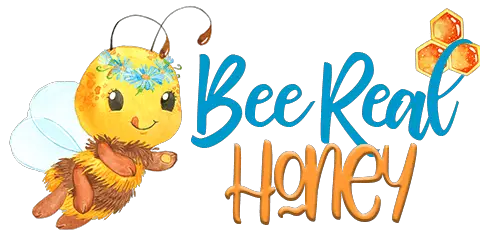*This post may have affiliate links, which means I may receive commissions if you choose to purchase through links I provide (at no extra cost to you). As an Amazon Associate I earn from qualifying purchases. Please read my disclaimer for additional details..
Bees are a critical part of a thriving ecosystem. By now, we’ve all heard about how vital bees are, and though no one likes them buzzing around at a picnic, we need them for many reasons.
Of course, bees perform an important function in pollinating flowers and plants all over the world. They also produce honey that goes into thousands of commercial and food products.
If you’ve enjoyed some pancakes or a drink flavored with honey, you have bees to thank. Another important product bees make is beeswax.
How do bees make beeswax?
Common beeswax is composed mostly of fatty acids that secrete from young bee glands. Beekeepers harvest beeswax for a variety of commercial products people use every day. Beeswax is in everything from skincare products to candles and even electrical parts.

Knowing how they make beeswax will help you appreciate how much effort goes into making something as simple as a pomade.
Whether you’re an aspiring beekeeper who wants to start harvesting beeswax, or you want to know where your products come from and how they are made, here we’ll explore what goes into making beeswax.
Table of Contents
What Is Beeswax?
Bees create beeswax by producing fatty acids through their glands. These fatty acids, combined with alcohol, builds up over time and turns into a very unique natural product that’s found in many products we use today.
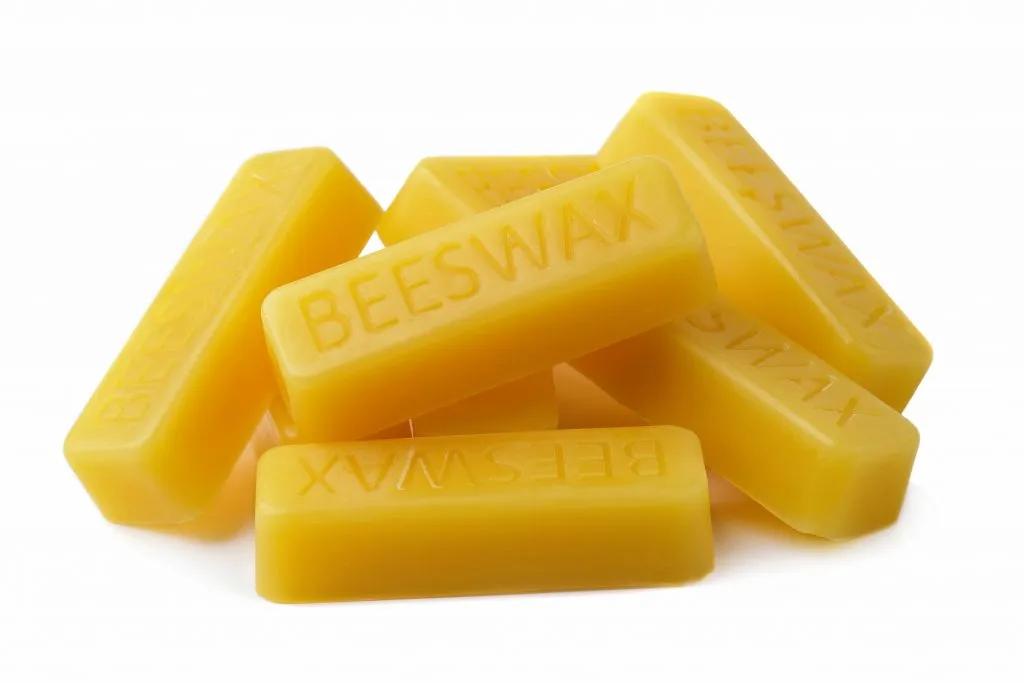
Beeswax gets its trademark yellow color from pollen that makes its way into the wax as it is made and crafted into the honeycomb.
Over time, beeswax can turn into darker yellow colors and even brown as thousands of bees walk over it and mold it into different shapes.
There are a lot of special things about beeswax that make it such a versatile product.
It only melts at very high temperatures and turns hard as temperatures drop, making it capable of withstanding very large swings in temperatures.
What helps bee colonies thrive through hot winters and hot summers also makes a great protective ingredient in beauty products and food items.
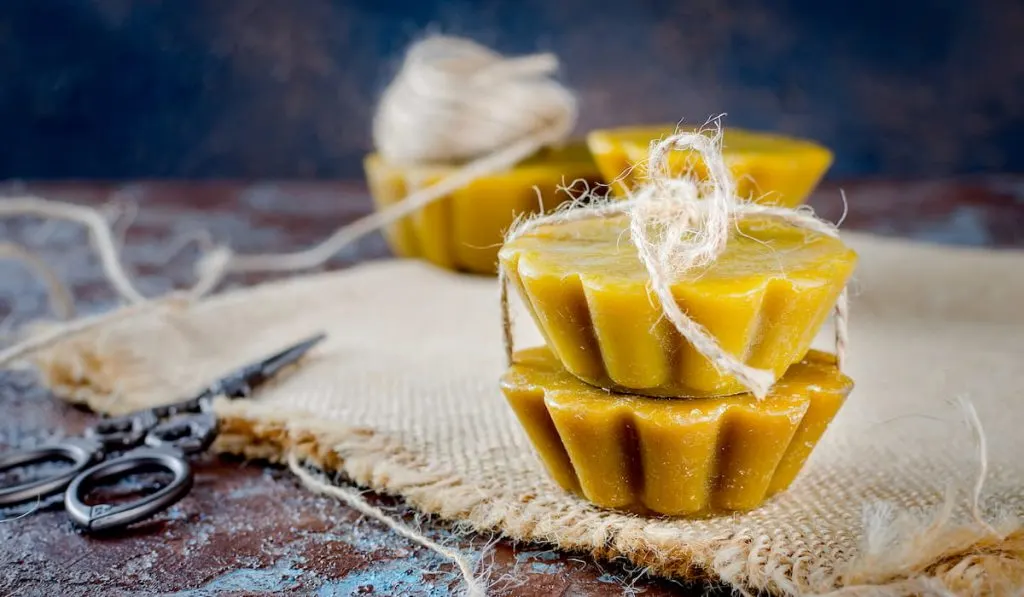
What Products Contain Beeswax?
Before the advent of synthetic products, beeswax was critical to making many everyday items.
Early on, people recognized the binding and protective properties of beeswax. People have used it for hundreds of years, and it’s still a prized item today.
Beeswax offers good coating and protective qualities without adverse impacts. In many cases, it is a popular organic product that demonstrates dedication to natural ingredients and responsible production.
You can find beeswax in:
- Moisturizers and Lotions: High-quality lotions and moisturizers use beeswax to add texture and a rich nutrient for the skin.
- Hair Products: Craft shampoos, conditioners, and other hair products are made with beeswax.
- Waterproof Products (clothing, toys, bags): Beeswax is used to seal or coat materials to repel water naturally.
- Candles : Artisan candlemakers love using beeswax in their products, making them last longer and giving them a luxurious texture.
- Soaps: Organic soaps often list beeswax as an ingredient, which help the soap hold its shape.
- Deodorants: Beeswax is included in many natural and commercial deodorants.
- Lip Balms: Most high-end lip balm products include beeswax since it has a natural smooth texture that feels great on the lips.
- Heater Fuels: Sometimes beeswax is used in lanterns and other heaters for its slow burn rate.
- Polishes: Beeswax gives a lot of wood polishes their signature sheen.
- Lubricants : Depending on the item, beeswax can even be used as a lubricant.
- Wax Sealants: Products such as cheeses use beeswax for a protective layer.
People also buy and use beeswax at home for things like art supplies and have creative ways of incorporating diverse products into daily life. It’s a fantastic substitute for chemically-derived products.
Why Do Bees Need to Make Beeswax?
If you’ve ever seen the inside of a beehive, you’ve seen the interesting hexagonal shapes that make up the honeycomb. Bees fill these cells with honey to store for the rest of the hive.
It’s a wonder of evolution and an indication of how intelligent bees are. With hexagons, the bees maximize space for storage all while making movement around the hive easy and efficient.
The lengths bees go to to make wax in awe-inspiring. A typical colony needs 1,000 wax hexagonal scales for each gram of beeswax.
Without the beeswax, the honeycomb wouldn’t hold the honey that the colony works so hard to produce.
But how is beeswax made? Where does it come from?
Usually, the young bees in a bee colony are the ones to make the wax. The wax comes from glands on their abdomen that secrete a liquid that hardens into thin wax scales.
As the bees get older, the glands eventually shrink and stop producing the scales. This is one of the reasons why bees multiply at such a rapid rate.
In a 12-hour period, a single healthy young bee can make around eight wax scales. Since we know that each hexagon of honeycomb requires 1,000 scales, that just shows you how much effort goes into building honeycomb in the hive!
Hundreds of thousands of bees are constantly hard at work pumping out thin scales and getting them into the honeycomb.
After the wax oozes out of the abdomen gland, bees use their legs to scrape the wax off. That is one of the reasons why, if you monitor what bees are doing, you’ll see them constantly rubbing their legs on their bodies.
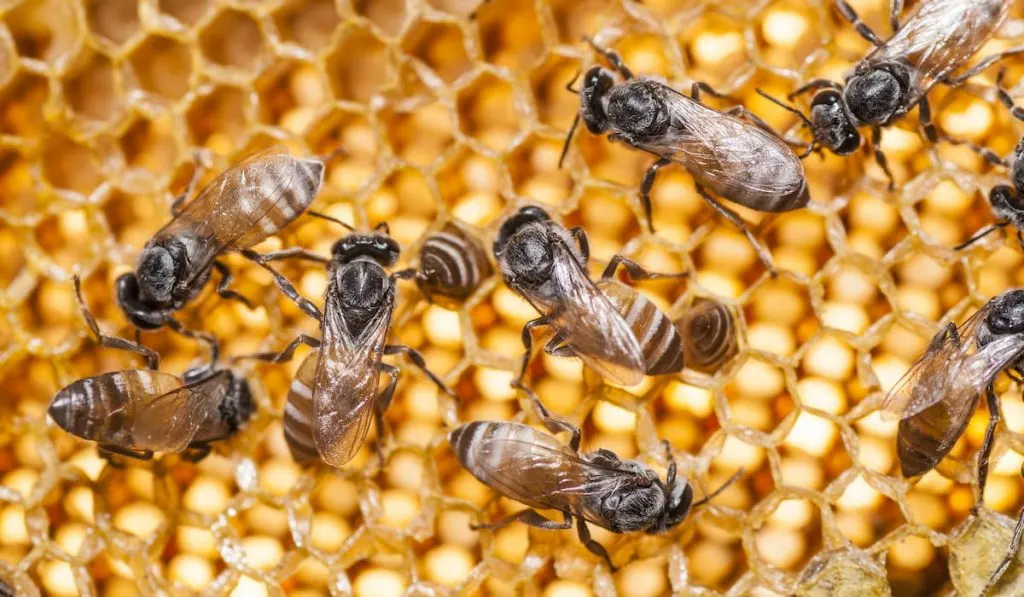
Once the wax is loose, the bee passes it to their mandibles where they chew it into something more pliable.
Finally, they shape the wax into the famous honeycomb hexagonal shape, and it becomes part of the colony structure.
In the constant buzz of the colony, the bees regularly check on the shape and thickness of the honeycomb using their mandibles. If something is a bit off or too thick, they reshape the wax to make it perfect.
Owning Bees Isn’t Just About Honey
When most people think of bees or starting a bee colony in the backyard, they think of honey.
If you’ve ever known someone who has kept bees before, you know that they’re great at producing lovely, rich organic honey. If you’ve been lucky enough, you may have even gotten a jar as a gift.
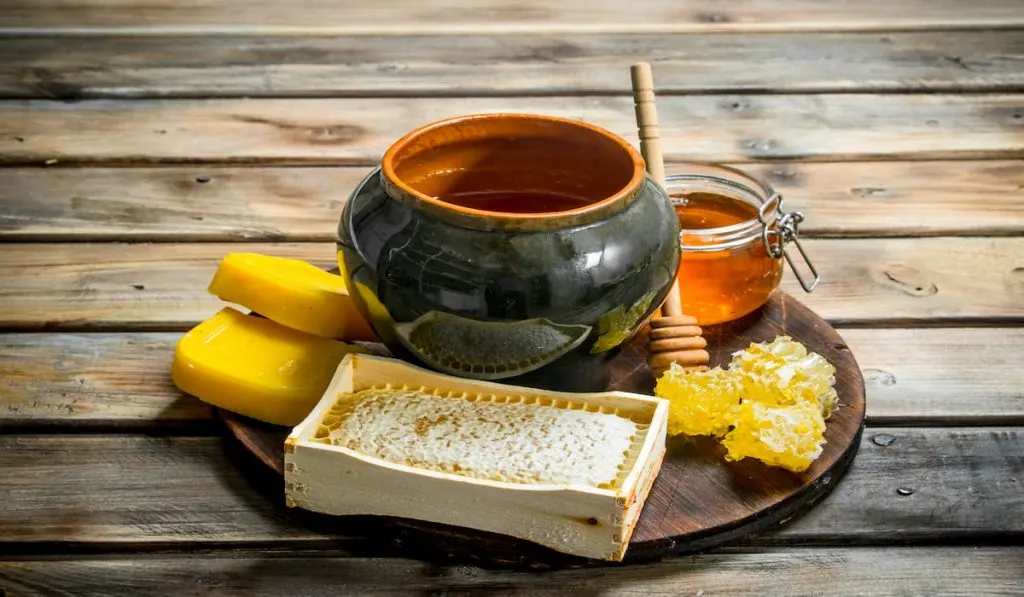
Sure, honey is amazing, and we should all be inspired by how much work and attention to detail go into making it. But beeswax is an often-overlooking bee colony product that serves a lot of important functions in many of the products we use every day.
Young bees are constantly hard at work producing wax and shaping it into those amazing hexagon shapes that create honeycomb.
What started as a prized product hundreds of years ago that was difficult to find and harvest has become much more available today.
Beeswax, though, still denotes quality and indicates that a product was made with care and dedication to good ingredients.
The next time you think of bees or hear the buzz around you as you sit in the park, remind yourself of the incredible effort that goes into making beeswax and what a wonder it is to have bees around.
